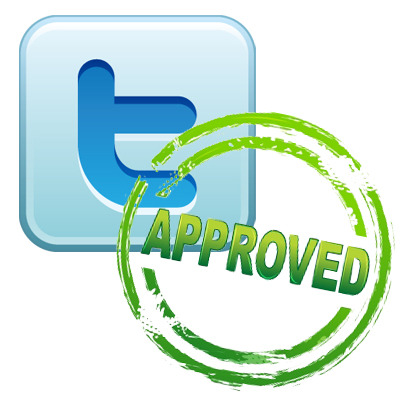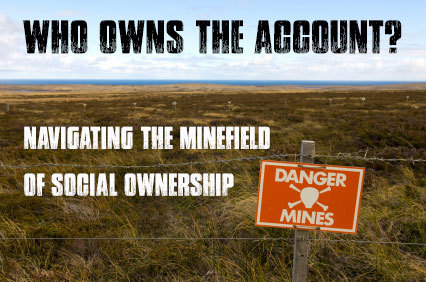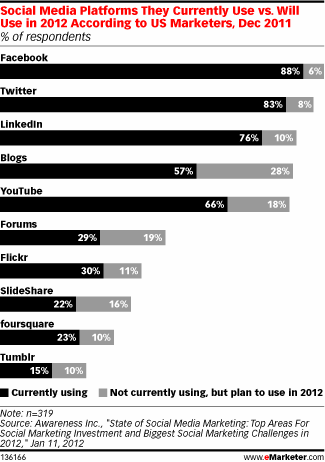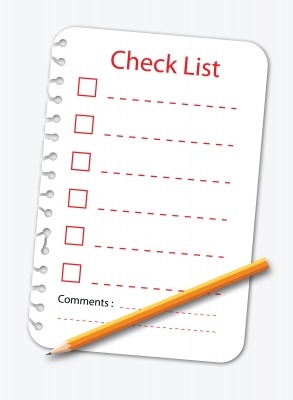Twitter is one of the world’s most popular social networks, but many still see it as pointless, inane and trite. (Yes, even today there are TONS of people who believe this to be true) They’re looking at it all wrong.
Here’s why: In a recent discussion I had with a group of tech-savvy young adults, I posed the question “How many of you have Twitter accounts?” – Only two hands raised.
Next question: “How many of you think Twitter is the stupidest thing ever?” – Nearly everyone’s hand thrust in to the air. Reasons like ‘I don’t care what people have for lunch, the Kardashians are awful, etc’ were not uncommon to hear from this group in response to this particular query.
Ok, let’s talk about something else: “How many of you watch TV?” – Everyone’s hand up.
“Anyone hear of a show called ‘Toddlers & Tiaras’?” – Laughter from the group.
“How many of you think that is the dumbest show on TV right now?” – Virtually every hand raises in agreement.
“So, I guess that everything on TV is stupid, then?” – As I scanned the crowd, I saw several faces change as they realized what I was saying.
Saying Twitter is ‘stupid’ is like saying all of TV is stupid. All newspapers, all magazines, all radio, all movies. EVERYTHING is stupid if that’s how we think.
The truth of the matter is that if all you’re tuning in to is the worst, most annoying things you can find on TV or on the radio, then EVERY kind of media will provide a horrible experience. Every person on Twitter is like their own TV channel, or radio station, and every tweet is it’s own show. Tune in to the channels that have the best shows, and your Twitter experience be awesome. Tune in to people that post junk, and you’ll hate it. It’s not the channel that’s stupid; it’s the content we choose to see. Ultimately, if your Twitter experience sucks, it’s your fault, not Twitters.
This is where the awesomeness of Twitter really comes from: CONTROL. Control to tune in to the things you like, and tune out of the things you don’t. You wouldn’t judge all of TV based on 2 minutes of Real Housewives. It’d be far more sensible to watch some Mythbusters, Big Bang Theory, Grey’s Anatomy, Property Brothers, and So You Think You Can Dance before casting your final judgment on the entire media.

A Twitter experience isn’t made in 2 minutes. It’s crafted over time. It occurs as you discover awesome people you’ve never heard of. It occurs when you begin to see the world differently because you’re exposed to the lives of interesting people from all over the globe. It occurs when you interact with them. It occurs when you inspire them, and are inspired by them.
So, if you’ve never tried Twitter because of stereotypical reasons relating to Hollywood gossip or updates about people’s food, then you need to at least give it a chance. Talk to someone you trust about who they follow and try out a handful of their top recommended “channels”. Really test things out, then make up your mind whether it’s for you or not.
If you’ve tried Twitter and left because all your friends were posting updates from the bar or sharing the latest and greatest cat meme pictures, maybe your friends aren’t who you should be following. Try business contacts. Try the top leaders in your profession. Try your favourite comedians. Try your favourite musicians. Try your favourite brands. Change channels until you find shows that you find interesting. With more than 140 million channels out there, you’re bound to find SOMETHING that delivers the goods.
Find something great, tune in, and enjoy the show!
This article originally written for http://crowdshifter.com










